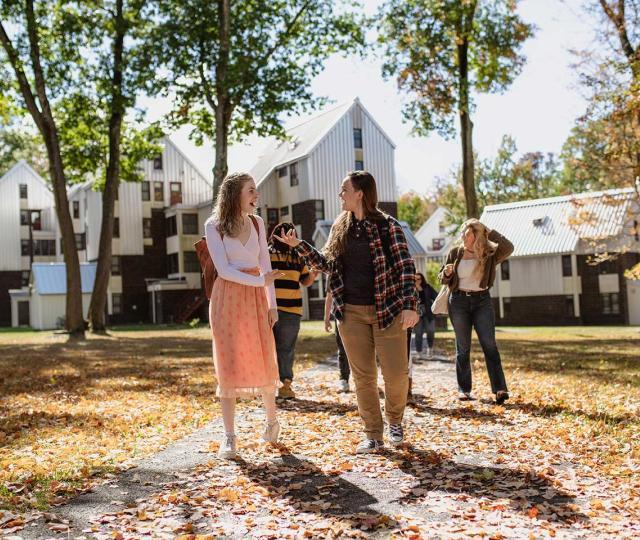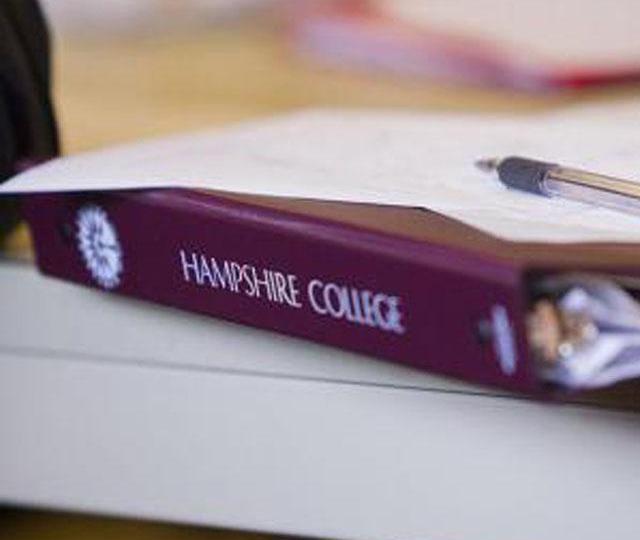
Information for Students
The Center for Academic Support and Advising (CASA)
Navigating the Divisional System
At Hampshire, there are no freshmen, sophomores, juniors, or seniors. Rather, Hampshire students advance through three divisions. Academic pursuits move students from course-based projects in Div I through semester-long collaborative projects in Div II toward a year-long, self-designed independent project in Div III.
Each division concludes with a portfolio review, including narrative feedback from all courses, final papers, or projects, as well as Community-Engaged Learning and a retrospective. This divisional framework guides students in building their academic concentration or focus of study and supports them through more and more ambitious projects.
Understanding the divisional system, as well as relevant procedures, deadlines, and requirements, will help you to set and achieve your academic goals while meeting the academic expectations of the College! Do not hesitate to reach out to us at CASA (advising@hampshire.edu) if you have any questions.
Check Your Email!
Throughout the school year, you will receive important academic announcements in your campus mailbox or through your Hampshire email account. Be sure to check your email and read such information carefully.
Division I - Exploration
Division II - Concentration

Division II for Current Students
Learn More
CEL-2: Community Engaged Learning
Learn More
Race and Power Requirement
Learn More
Division II Project Requirement
Learn MoreDivision III - Advanced Study

Division III for Current Students
Learn More
Div III Advanced Educational Activities
Learn More
Get Inspired: Explore Div III Projects
Learn MoreField Study, Exchange, or Leave of Absence
There are various reasons students might consider taking time away from Hampshire: to go on field study, exchange, a personal leave of absence, medical leave, or to withdraw or transfer to another institution.
Calendars
-
Events happening around campus, hosted by Hampshire community members.
-
Hampshire's academic schedule has dates for registration, divisional deadlines and more.
Make an Appointment
Our CASA deans can assist students and faculty with questions and concerns about a range of advising issues.



